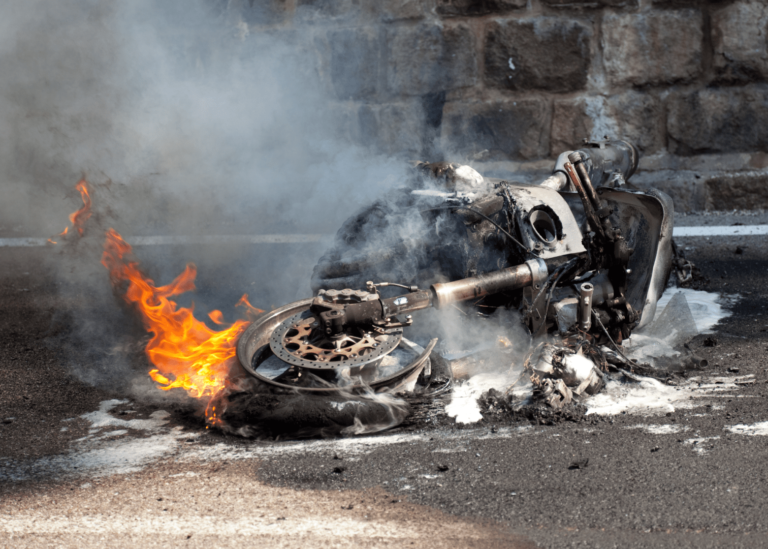Fireproof bricks are an essential component in the construction of buildings, fireplaces, kilns, and other structures where high temperatures are common. These bricks are designed to withstand extreme heat and prevent the spread of fire, making them an ideal choice for fire-resistant construction. In this article, we will explore the process of making fireproof bricks, from choosing the right materials to the final steps of curing and shaping.
1. Understand the Importance of Fireproof Bricks
Fireproof bricks are specially designed to resist heat and retain their structural integrity even at high temperatures. Unlike regular bricks, fireproof bricks are made with materials that can withstand fire without crumbling, cracking, or losing their strength. These bricks are commonly used in furnaces, fireplaces, kilns, and fire-resistant walls.
Choosing fireproof bricks is crucial for maintaining safety in environments where high temperatures are expected. Fireproof bricks provide thermal insulation and prevent the spread of fire, offering protection to both the structure and its occupants.
2. Materials Used for Fireproof Bricks
The key to making fireproof bricks lies in selecting the right materials. Fireproofing Estimating Service, can help you determine the best materials for fireproof bricks. Traditional bricks are made from clay, but fireproof bricks are typically composed of materials that can withstand much higher temperatures. Some common materials used to make fireproof bricks include:
Fire Clay
Fire clay is a special type of clay that is highly resistant to heat. It is often used as the primary ingredient in fireproof bricks due to its ability to withstand temperatures up to 3,000°F (1,650°C). Fire clay has a high alumina content, which gives it the strength and thermal resistance needed for fireproofing.
Silica Sand
Silica sand is another common material used in fireproof bricks. It is a highly heat-resistant material and can help to increase the brick’s durability and thermal stability. Silica sand is often combined with fire clay to improve the fire-resistant properties of the brick.
Alumina
Alumina is a compound of aluminum oxide that is commonly added to fireproof bricks to enhance their resistance to high temperatures. Alumina bricks can withstand temperatures over 3,000°F (1,650°C) and are often used in industrial furnaces and kilns.
Magnesia
Magnesia is a material derived from magnesium and is known for its exceptional heat resistance. Fireproof bricks made with magnesia are used in applications where extreme temperatures are expected, such as in steelmaking and industrial furnaces.
3. The Process of Making Fireproof Bricks
Making fireproof bricks involves several steps, from preparing the materials to shaping and curing the bricks. Here is a general overview of the process:
Step 1: Prepare the Materials
Start by gathering the materials needed for the fireproof bricks, such as fire clay, silica sand, alumina, and magnesia. These materials must be mixed in the correct proportions to create a strong and heat-resistant mixture. The ratio of fire clay to other materials will depend on the type of fireproof brick you are making and the level of heat resistance required.
Step 2: Mix the Ingredients
Once you have gathered the materials, mix them thoroughly. The materials should be combined with water to form a thick paste or slurry. The consistency of the mixture should be similar to that of traditional brick clay, making it easy to shape into molds.
Step 3: Shape the Bricks
After mixing the ingredients, place the mixture into molds to form the desired shape of the fireproof bricks. You can use standard brick molds or custom-made molds depending on the size and shape of the bricks you require. Once the mold is filled, smooth the surface to ensure an even texture and remove any excess mixture.
Step 4: Dry the Bricks
Allow the molded bricks to dry slowly to remove any excess moisture. This process is important to prevent cracking during the firing stage. Place the bricks in a dry, well-ventilated area and allow them to air dry for 24 to 48 hours, depending on the size and thickness of the bricks.
Step 5: Fire the Bricks in a Kiln
Once the bricks have dried, they must be fired in a kiln at high temperatures to set the materials and make the bricks durable. The firing process typically takes place at temperatures ranging from 1,800°F (982°C) to 3,000°F (1,650°C), depending on the type of materials used.
Place the bricks in the kiln and allow them to bake for several hours. The firing process causes the materials to harden and bond together, giving the bricks their fire-resistant properties.
Step 6: Cool and Inspect the Bricks
After firing, allow the bricks to cool gradually to prevent any cracking or warping. Once the bricks have cooled, inspect them for any imperfections, such as cracks or irregularities. Fireproof bricks should be free from defects and should retain their strength and shape after cooling.
4. Types of Fireproof Bricks
Fireproof bricks come in various types, depending on the specific requirements of the application. Some common types include:
-
Standard Firebricks: These are the most commonly used fireproof bricks, typically made from a mix of fire clay and silica sand. They are ideal for general fireproofing applications, such as fireplaces and wood stoves.
-
High Alumina Firebricks: These bricks are made from a higher concentration of alumina and are ideal for use in high-temperature applications, such as industrial furnaces and kilns.
-
Insulating Firebricks: These bricks are lightweight and highly insulating, making them ideal for use in applications where heat retention is important, such as in ovens and furnaces.
-
Magnesite Firebricks: Made from magnesia, these bricks are highly resistant to extreme heat and are used in applications such as steelmaking and furnace linings.
5. Benefits of Fireproof Bricks
Using fireproof bricks in construction offers numerous benefits:
-
Enhanced Safety: Fireproof bricks provide added protection to buildings and structures, helping to prevent the spread of fire and protecting both people and property.
-
Long-Term Durability: Fireproof bricks are highly durable and can withstand high temperatures without breaking down or losing their strength.
-
Improved Insulation: Many fireproof bricks also offer excellent thermal insulation, helping to regulate temperature and reduce energy costs.
Conclusion
Making fireproof bricks is a specialized process that requires careful selection of materials and precise manufacturing techniques. By using high-quality materials such as fire clay, silica sand, alumina, and magnesia, you can produce fire-resistant bricks that provide reliable protection in high-heat environments. Whether you’re building a fireplace, furnace, or other fire-sensitive structures, fireproof bricks are an essential element in ensuring the safety and longevity of the construction.





